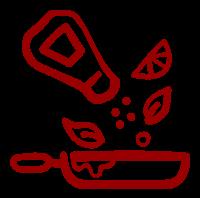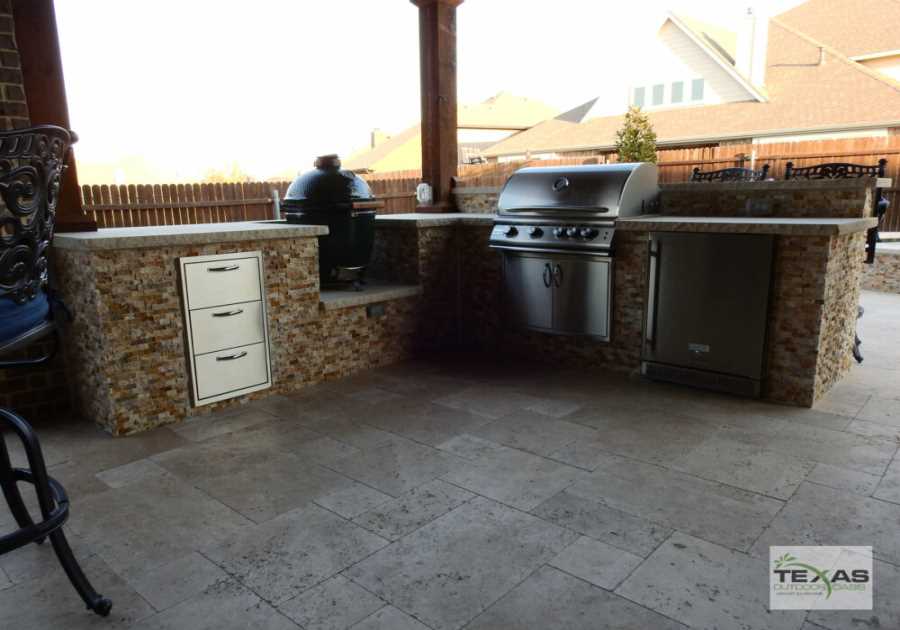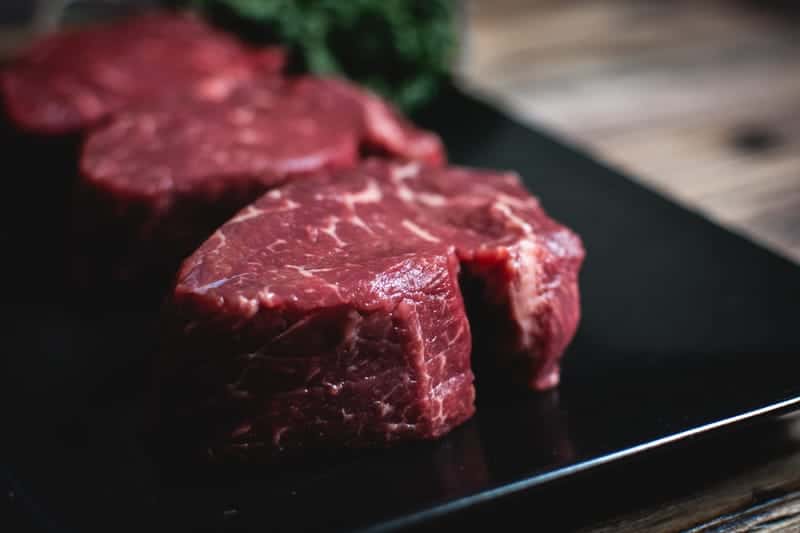
What Makes Red Meat Red, and Why Should You Eat It?
As more people choose to give up red meat in favor of alternative energy sources, it’s a great time to look at some indisputable benefits of this type of meat and explore why it looks the way it does.
Red meat is a premium source of minerals and nutrients, and it contains a special protein that produces colorful pigmentation.
While eating too much red meat is linked to health issues, red meat in moderation is an excellent source of vitamins, minerals, nutrients, and energy. There’s nothing better than a ribeye or a few slices of bacon to lift your spirits and boost your protein intake. Here’s why red meat is red and why you should keep it in your diet.
1. What Exactly is Red Meat?
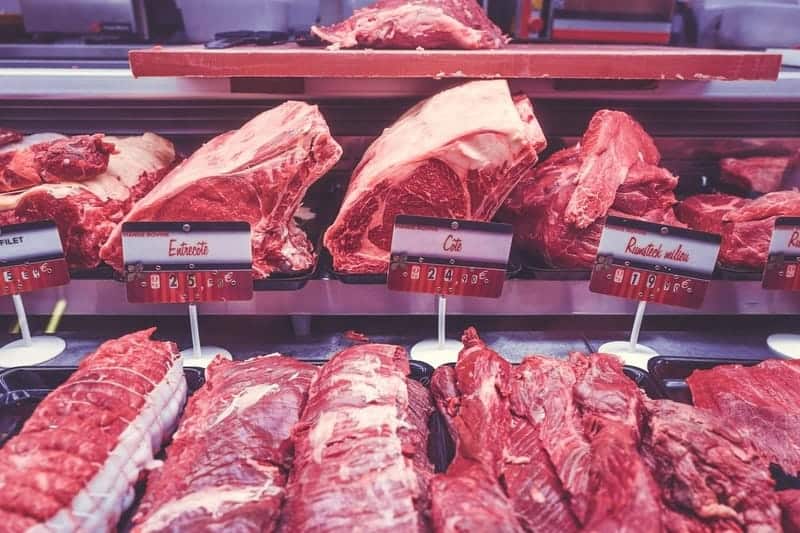
Red meat comes from animals such as cows, sheep, deer, pigs, and goats and is characterized by the bright red color it turns when exposed to oxygen. You can use this type of meat for a variety of recipes, from homemade burgers and meatballs to braised beef stew and roast pork.
Read More: Learn tips about prepping your meat.
2. Why Should You Eat Red Meat?
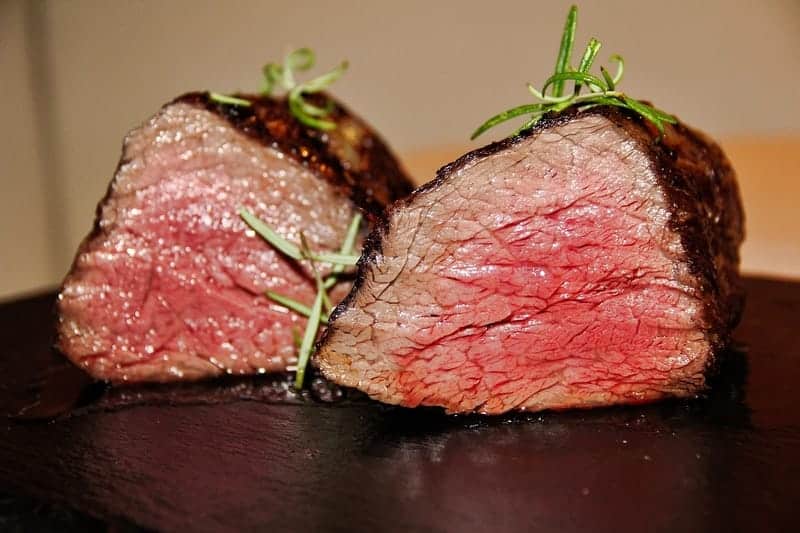
Some studies show that eating too much red meat each day can lead to serious health issues like Type 2 diabetes, heart disease, and bowel cancer. You should try to eat fewer than 2.5 oz. of red meat each day or fewer than 18 oz. per week. This amount is the equivalent of one quarter-pounder, 3 slices of bacon, or a steak with dimensions of 2.5” by 3.5”.
However, before looking at what makes red meat red, it’s useful to consider why you should eat this meat in the first place. Consuming red meat in moderation can lead to clear physiological benefits.
Nutritional value
Meats like venison, beef, and pork contain plenty of valuable nutrients like vitamins B12, B6, and iron. Vitamin B12 helps your body to produce red blood cells and keeps your nerve cells functioning properly, while vitamin B6 triggers hemoglobin growth. Hemoglobin is a metalloprotein that carries oxygen around your body, providing your cells with a steady supply of energy.
Your body also needs a certain amount of iron in order to create hemoglobin and myoglobin, a protein that stores oxygen in your muscles and helps improve your anaerobic and aerobic capacities.
Red meat contains a lot of zinc, a nutrient that bolsters your immune system, easing oxidative stress and reducing painful inflammation.
Taste
There are many reasons why red meat is one of the tastiest foods you can eat. When you cook a marbled steak or lamb joint, the meat’s lipids melt and distribute seasoning throughout the cut.
Bacon, beef, and pork are all packed with a delicious umami flavor that comes from the inosinate salt in the meat. This creates the meaty taste you experience whenever you bite into a burger or a sizzling piece of streaky bacon.
When you cook a prime steak or a pork cut over a high heat, a chemical reaction occurs between the meat’s reactive carbonyl sugars and its amino acids. This process is called the Maillard reaction, and it results in the meat turning a light shade of brown and developing a rich and intensely flavorful crust.
Excellent source of protein
Most red meat tends to be relatively lean, with low fat content, which makes it an excellent protein source. Venison, beef, pork, and lamb are all complete proteins, which means they contain all 9 amino acids that are crucial for your body’s development. If you don’t consume enough amino acids, you can develop mental health issues, stunted growth, and a weakened immune system.
3. Why is Red Meat Red?
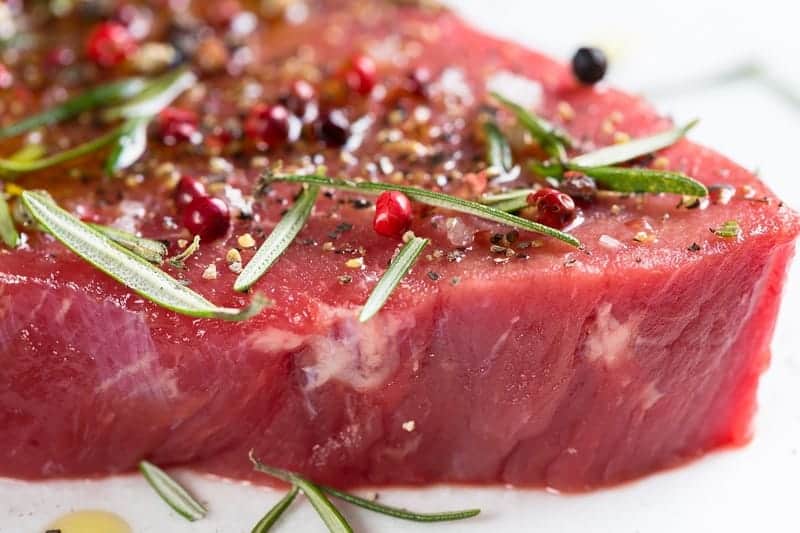
So, what makes red meat red? Red meat contains a lot of special muscles that are called slow-twitch fibers. These fibers contract slowly and deliberately, and animals like cows, sheep, and pigs use these muscles for endurance-style exercises. For instance, when a deer or goat runs for an extended distance or stands for a long time, they make use of their slow-twitch muscles.
These fibers require a continuous and steady supply of oxygenated blood to have enough energy to operate effectively over longer periods. For that reason, the cells in these muscles contain plenty of myoglobin, a protein that binds to and stores oxygen before it’s converted into chemical energy.
This myoglobin contains a large proportion of heme iron, and this is the mineral that gives beef and lamb cuts their dark red color. If your meat is a purplish red or plum color, this means that the myoglobin hasn’t come into contact with the oxygen in the surrounding air. If the cut is bright red, this indicates that the meat’s myoglobin has reacted with this oxygen to create oxymyoglobin, a protein that releases a vibrant candy-type color.
Occasionally, the meat can turn a maroon shade of red. This color change occurs when the myoglobin and oxymyoglobin continue to react with the oxygen in the surrounding air to create metmyoglobin, an oxidized protein that produces a brownish pigment.
The age of the animal used for the meat can also affect the meat’s color. For example, if the cow, deer, or sheep is older, the meat has a darker red shade because older mammals produce more myoglobin than younger ones.
When you cook red meat, the myoglobin molecules become chemically unstable. Each molecule’s central iron atom loses an electron and becomes positively charged. This chemical change results in the formation of a brand new methemoglobin molecule called a hemichrome. Each hemichrome contains a brown pigment, which is why your medium-done burger or steak has a tawny brown tinge.
If you prefer your red meat well-done, you’ll keep cooking it until its internal temperature is above 170°F. The meat’s myoglobin turns into metmyoglobin at this temperature, lending your cut a tan, grayish sheen.
See: Cooking temperature chart.

Annabelle Watson
FINAL THOUGHTS
Propane fire pits are a great addition to your outdoor spaces. They make enjoying a fire easy, clean and safe, and if you have the skill, I would even advocate to make your own propane fire pit at home. However, when they have problems, it can be a real let down. If your fire pit won’t stay lit, the solutions are usually pretty simple.
Keeping your fire pit free of debris and in good working order is an easy way to ensure that anytime you want to enjoy the comfort and ambiance your propane fire pit is ready.
Read more about meat:
- How to Smoke Meat for Beginners.
- Ultimate All-Meat Doneness Guide.



